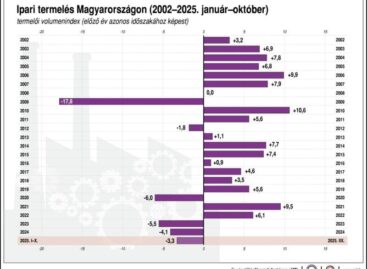Global Economic Forecasts Q2 2020
As of May 2020, Euromonitor International has further downgraded the baseline global real GDP growth forecast for 2020 to a range of -4.0% to -1.5%, compared to a 2.6–3.4% growth forecast in the last pre-covid-19 pandemic forecast.
Advanced economies are expected to be the hardest hit in this recession, with their economic activity contracting by around 6% in 2020. This reflects the strong spread of the pandemic in these economies, and the willingness of these countries to engage in costly social distancing measures to reduce infection and death rates.
Emerging and developing economies are also likely to be badly hit with output contracting by around 1% in 2020, due to both social distancing measures and stronger financial and trade spillover effects.
The baseline forecast reflects the combined adverse effects of covid-19 social distancing restrictions, supply disruptions, significant tightening of financial conditions, a spike in private sector uncertainty, falling household disposable incomes and sharp drops in global trade and commodity prices.
Social distancing restrictions have led to large declines in business revenues, employment and wages, with each month of strict quarantine / lockdown estimated to cause a 25–45% decline in economic activity relative to normal. The baseline forecasts assume that the strict social distancing measures successfully contain the pandemic. This would allow for a gradual relaxation of the quarantine / lockdown restrictions imposed in many countries in the second half of 2020.
There is substantial uncertainty about the effectiveness and length of covid-19-related social distancing restrictions, how the pandemic will play out, financial stability and the ability of governments to contain the negative effects of lower disposable income and higher uncertainty on private sector spending.
To account for all this uncertainty, we assign a 38–48% probability to our baseline forecast. The remaining probabilities are assigned to three covid-19 pessimistic scenarios.
The main downside risk is the covid-19 Pessimistic 2 scenario, due to the combined probability and economic impact. In this scenario, the covid-19 pandemic is deadlier and harder to control than expected, causing significant social distancing restrictions to extend into the second half of 2020 or early 2021. This causes more substantial supply disruptions, liquidity problems for businesses and households and a more severe decline in private sector confidence.
Financial market conditions also tighten considerably more than in the baseline forecast. As a result, global economic activity contracts by 6% to 8% in 2020. The recovery is much weaker than in the baseline forecast, with global real gdp growth of 0.5% to 3.5% in 2021.
Related news
Large companies expect easing inflationary pressures and decreasing public burdens
🎧 Hallgasd a cikket: Lejátszás Szünet Folytatás Leállítás Nyelv: Auto…
Read more >The GKI business climate index closed 2025 at a one and a half year high
🎧 Hallgasd a cikket: Lejátszás Szünet Folytatás Leállítás Nyelv: Auto…
Read more >KSH: industrial production decreased by 2.7 percent in October compared to the same period of the previous year, and increased by 0.5 percent compared to the previous month
🎧 Hallgasd a cikket: Lejátszás Szünet Folytatás Leállítás Nyelv: Auto…
Read more >Related news
Christmas shock in commerce: for the first time, we can pay with bank cards in fewer places
🎧 Hallgasd a cikket: Lejátszás Szünet Folytatás Leállítás Nyelv: Auto…
Read more >Hungarian Confectionery Manufacturers Association: trends in 2025 and prospects for 2026
🎧 Hallgasd a cikket: Lejátszás Szünet Folytatás Leállítás Nyelv: Auto…
Read more >Most grocery chains will be open until noon on December 24th
🎧 Hallgasd a cikket: Lejátszás Szünet Folytatás Leállítás Nyelv: Auto…
Read more >






